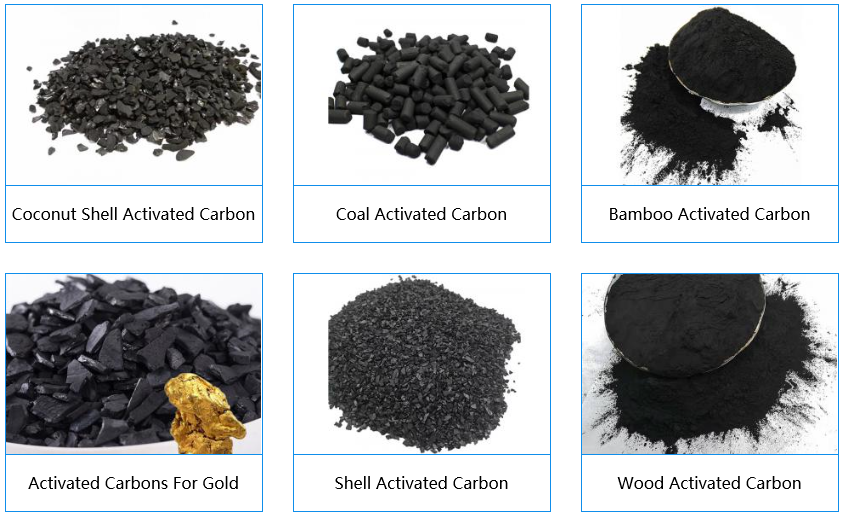What Is the Differences Between Coconut Shell Activated Carbon and Fruit Shell Activated Carbon?
Coconut Shell Activated Carbon and Fruit Shell Activated Carbon are two kinds of activated carbon that people often use in life, because there are many similarities between them, they are often used incorrectly. Strictly speaking, coconut shell activated carbon is also one of the shell activated carbon. They look very similar. They are small black particles with good strength and adsorption capacity. There are similarities in some areas, but what are the differences between them?
Firstly, different raw materials. The raw material of coconut shell activated carbon is our common coconut shell in Southeast Asia and Hainan. The raw materials of fruit shell activated carbon are apricot shell, jujube shell, peach shell, etc. Compared with coconut shell activated carbon, the particles are larger.
Secondly, Iodine value and strength difference. The adsorption iodine value of coconut shell activated carbon in activated carbon is higher, generally up to more than 1000, and the strength is about 97. The content of activated carbon in fruit shell is not higher than that of coconut shell activated carbon. Under normal circumstances, the iodine value can reach more than 800, and the strength is about 95.
Thirdly, different functions and uses. Coconut shell activated carbon can be used for food, wine, beverages, pharmaceuticals deodorization, air purification activated carbon and high purity drinking water deodorization, removal of heavy metals in water and liquid decolorization, mainly used for water purification and drinking water treatment. Fruit shell activated carbon can be used in the chemical, pharmaceutical, sugar, beverage and alcohol purification industries for the decolorization, refining and purification of organic solvents and sewage treatment. It is mainly used for industrial water treatment.

